Un cognome importante da portare, un onore e una chiave che apre molte porte, ma anche una reponsabilità di una tradizione e di un marchio storico da conservare, tramandare e – se possibile – migliorare e far crescere ulteriormente. Questa è la quotidianità di Fabrizio Giugiaro, 49 anni, vicepresidente del Comitato esecutivo e direttore Stile di Italdesign Giugiaro, nonché membro del cda dell’azienda che ora fa parte del Gruppo Volkswagen, ma che mantiene le sue radici e i suoi riferimenti qui in Italia e in particolare a Torino, capitale dell’automotive.
Oltre 30 anni di storia per un’azienda e un marchio tra i più noti del nostro territorio e del nostro Paese: cosa è cambiato, da allora, in Giugiaro e nel contesto in cui si trova a lavorare?
“Negli ultimi 30 anni è cambiato molto, in azienda: oggi facciamo parte del Gruppo Volkswagen, quindi il nostro primo impegno è nel campo dell’auto ed è importantissimo poter lavorare per un Gruppo che ha 10 marchi e che ha trovato in noi un partner veramente unico. Pochi altri centri stile sono attrezzati per operare in moltissimi linguaggi, legati ognuno al suo marchio. Sul territorio ora abbiamo circa 4 sedi, oltre a ulteriori aziende in Spagna e Germania. Dalla fondazione, cioè dal 1968 ad oggi, è cambiato molto: la tecnologia ormai la fa da padrone. Siamo stati i primi ad investire e a realizzare stile attraverso i sistemi informatici. Il nostro centro di realtà virtuale, che è diviso in tre sezioni (ingegneria, servizi e stile, ndr) alla fine degli anni ’90 era unico e lo affittavamo addirittura alla Fiat. La nostra filosofia è stata di investire molto nella tecnologia, ma anche molto nel pensiero e nelle persone”.
Cosa è rimasto invece identico o comunque fedele alle origini?
“La matrice profonda che è rimasta fedele alle origini è l’atteggiamento di progettare in una maniera realistica. Mio padre dice “ingegneristica”, perché affrontiamo lo stile non a livello pittorico, ma a livello immediatamente concreto. Quindi realizzare un oggetto o un’automobile per noi ha un approccio simile, cercando di stabilirne ergonomia, il layout e senza fare della pura fantasia. Pensiamo a oggetti che i clienti ci chiedono non perché finiscano in un museo, ma che possano essere venduti e utilizzati in tutto il mondo, da chiunque”.
Tutto è iniziato dal mondo delle auto, prima ancora che si chiamasse automotive. Dalla prima Alfasud a tutti i modelli che sono seguiti. Ora, quello delle automobili, è un settore che sta segnando il passo o che può reinventarsi una nuova vita, magari col Green e proprio con il design?
“Il settore automobilistico, a livello mondiale, è in realtà in grande espansione. Ma se guardiamo la realtà italiana ovviamente la considerazione non è altrettanto positiva. Le vendite e la situazione economica nazionale certamente non brillano, invece in tutto il resto del mondo ci sono segnali di ripresa, basta guardare alla Cina, all’India, in America. Per questo motivo in Europa c’è stata la necessità di certi segmenti, di determinate vetture e di conseguenza stiamo realizzando prodotti specifici per l’Asia e il sud America. Il lavoro per noi designer è oggi ancora più importante ed è aumentato, visto che con poco e con investimenti più oculati siamo riusciti a differenziarci a seconda dei mercati, quindi il numero globale è in crescita e non in crisi, come invece è sicuramente in crisi l’Europa”.
Cosa vuol dire, oggi, “fare stile”? Quali sono le sfide del design ai giorni nostri?
“Lo stile, nel modo in cui lo abbiamo sempre interpretato noi, è quello che ha dato successo non a Giugiaro, ma ai nostri clienti. Questo per noi vuol dire affrontare il progetto in maniera concreta. Non abbiamo mai considerato la nostra firma, ma l’identità di chi si è rivolto a noi. Alle volte, così come è successo per Hyundai, ma anche per Fiat e per altri marchi, abbiamo inventato un trend. Ad esempio: la Panda stilisticamente non era figlia di nessuno, di per sé ha inventato una sua tipologia, un sua tendenza, così come la Punto. Quindi quando ci viene richiesto di creare un filone stilistico e viene ingiustificatamente legato a noi, in realtà è un linguaggio che cerchiamo di creare per il nostro cliente. In altri casi, poi, quasi non si vede la nostra firma: anni fa feci una Mustang che poteva essere uscita dal centro stile Ford piuttosto che dal mio. Occorre dare un servizio e fare attenzione che abbia l’identità del marchio che commissiona il lavoro. Con il design industriale i clienti vengono da noi perché desiderano una rivoluzione, come è accaduto con Nikon negli anni ’80, quando con loro abbiamo inventato il segno rosso che identifica il nostro apporto e una certa ergonomia che non esisteva per la macchina fotografica. Tra gli altri nostri clienti possiamo pensare alla Vredestein, per la quale ogni modello esce con il nostro apporto stilistico e che sono seguiti da noi da dieci anni, tenendo conto che si tratta comunque di pneumatici. Il trucco è in certi casi creare un brand per il cliente e in altri casi invece conservarlo e svilupparlo”.
Dall’idea al disegno. Da dove nasce (e come) l’ispirazione? È tutta una “visione” di un qualcosa che ancora non esiste o si segue un processo per gradi che alla fine porta al progetto definitivo?
“Lo sviluppo e la concretizzazione di un progetto è davvero un processo per gradi, attraverso fasi molto metodiche e un po’ ingegneristiche. Gli schizzi fantasiosi che prepariamo per presentarlo al pubblico attraverso la stampa vengono delle volte anche realizzati successivamente al prodotto. Il nostro approccio è assolutamente matematico, si lavora per l’auto e per altri oggetti in scala da 1 a 10, oggi ormai con il sistema informatico, ma sempre comunque con proporzioni e logiche dimensionali e di layout corrette. E’ tutto legato ad un sistema ingegneristico, non ho mai pensato di realizzare direttamente da un sogno un’automobile, ma sempre di affrontare il progetto in maniera metodica”.
Nato con l’auto, ormai il marchio Giugiaro si applica a 360 gradi. Esiste comunque una matrice comune, un approccio di base che rimane identico, salvo poi affinarsi di caso in caso e di settore in settore?
“L’approccio di base, come dicevamo, è il fatto di non avere mai sovrastato l’identità del marchio. Questo può essere anche un difetto, nel senso che il disegno vero e proprio di Giugiaro non è identificabile: dalla lavastoviglie alla Nikon non c’è correlazione, sono entrambi ottimi progetti, così come anche per le auto. In realtà, però, alla fine degli anni ‘80 ci hanno comunicato che le nostre vetture erano riconoscibili, quindi abbiamo chiesto alla Jaguar di poter fare un esercizio e il risultato si chiama Kensington, che è appunto un modello di Jaguar con il nostro apporto. Lo stesso vale per le Bugatti, Mustang e Alfa Romeo, tutte auto che hanno il nostro apporto con una grande attenzione all’immagine e al linguaggio dello stile così come facciamo anche per gli oggetti”.
Lo stile e il futuro. Non bastano solo idee e talento: anche nel vostro campo si deve fare innovazione? E se sì, in che direzione spazia la ricerca? Quali possono essere gli sviluppi e gli scenari futuri del vostro settore? Dove va il design?
“Fare innovazione nel nostro campo non è un problema da poco, si può operare attraverso gli strumenti quindi attraverso la metodologia, poi riuscire ad innovare l’oggetto sul quale stiamo lavorando dipende dalla committenza e dal mercato che cerchiamo di seguire, anche se l’idea è sempre stata quella d’imporre un prodotto. Nel campo dell’auto, tuttavia, è una questione molto delicata. Occorre innovare attraverso la qualità, che è ciò che la gente percepisce e che deve già essere presente non solo nella realizzazione, ma anche nel design, quindi enfatizzando tutte le caratteristiche dell’aspetto dell’oggetto: ciò che la gente in primis deve poter riconoscere. Infatti è importante valorizzare ciò che il marchio deve trasmettere a livello di linguaggio stilistico e di comunicazione della bontà del prodotto. Da quando è nata la nostra azienda, cioè dalla fine degli anni ‘60 ad oggi, nel settore auto e anche per altri prodotti, sono state fatte delle scoperte. Oggi per esempio c’è il vantaggio dell’informatizzazione: riusciamo a testare virtualmente ciò che produciamo, per esempio dallo schizzo di un pneumatico possiamo subito sapere se è adeguato alle prestazioni che deve fornire. La curiosità che stimola l’ingegneria, a scapito di una tradizione che non ti fa andare fuori da certi canoni e quindi che non ti offre quel valore aggiunto che il cliente dovrebbe ricevere, rappresentano il trucco che il design di qualunque studio di stile dovrebbe avere”.Being part of an important family, which means a good reputation and a key that opens all door, but also it means the responsibility to preserve, hand down and – if possible – improve and further increase the tradition of an historic brand. This is the daily life of Fabrizio Giugiaro, 49 years old, Vice President of the Executive Board and Style Director of Italdesign Giugiaro, and member of the Board of Directors; the company is now part of the Volkswagen Group but it keeps its origins and connections here in Italy, in particular in Turin, the automotive capital.
Over 30 years of history for a company and a brand which is one of the best known of our region and country: what has changed since then for Giugiaro and for the present work environment?
“Over the past 30 years much has changed in the company: we are now part of the Volkswagen Group therefore our first commitment is in the car industry and it is extremely important to work for a Group that owns 10 brands; we are a very unique partner for them. Few design centers are equipped to work in different languages and each of them have kept their own brand. On the territory we now have about 4 headquarters, plus additional companies in Spain and Germany. Since its foundation, in 1968, much has changed: technology completely took over. We were the first one to invest and to create style with computer systems. Our virtual reality center, which has three departments (engineering, servicing and design, Ed) at the end of the 90s was unique and it was even rented by Fiat. It has been our company philosophy to heavily invest in technology, but also in ideas and human resources.”
What was left the same or at least close to its origins?
“how we design close to reality is the deep root of our attitude toward design, which was left faithful to our beginnings. My father used to say “engineering”, because we deal with style not in artist terms, but in practical terms. Therefore that’s how we create an object or a car: with ergonomics, layout and no imagination. We do not want the objects we design for our clients to end up in some museum, but we want them to be sold and used by anybody all other the world.”
It all started in the world of cars, even before it was called automotive. From the first Alfasud to all other models that have followed since. Now, is the car industry coming to a standstill or could it reinvent itself maybe with Green technology or even with design?
“The car industry is actually expanding. But if we look at the Italian reality, this kind of remark cannot be as positive. Car sales and the Italian economic situation are not that encouraging, whereas in the rest of the world there are signs of economic recovery, like in China, India and USA. For this reason, in Europe, there has been the need to create certain production segments, certain car models and therefore we are creating specific products for Asia and South America. Nowadays our work as designers is even more important and it has increased because with less money and more cautious investments we were able to create different designs according to different markets; then the overall number of manufactured units is increasing and it is not hit by the economic crisis, whereas Europe is definitely hit by the crisis”.
What does it mean “to set the style” today? What are the challenges for design today?
“Style, as we have always intended it, is not what was a success for Giugiaro, but what was a success for our clients. This means for us to practically approach the project. We have never considered the brand, but rather the personality of our clients. Sometimes, as it happened for Hyundai but also for Fiat and other brands, we have set a trend. An example: the design of the Panda was unique, therefore the car set a new model, a new trend, just like the Punto. So, when we are asked to create a new trend and this new trend is tied to our brand for no reasons, it is actually a language we are trying to create for our client. In other cases, you cannot even see our brand, just like a few years ago when I designed a model for Mustang: it could have been easily come out from the Ford design center rather then mine. We have to do the clients a service and we have to make sure that it has the commissioned work has personality of the client’s brand. With industrial design customers come to us because they want a revolution, just like it happened with Nikon in the 80s: together we invented the red mark which represents our contribution and a certain ergonomics that did not exist for the camera. Among our other customers, Vredestein: each of their models has our stylistic contribution. We have been working for them for 10 years, keeping in mind that they produce tires anyways. In same case we create a new brand for the client, on other we preserve and develop the existing one: this is the trick”.
From the idea to the design. From where (and when) do you draw inspiration?
Is it all a “vision” of something that does not yet exist or do you follow a step by step process that ultimately leads to the final project?
“The development and realization of a project is really a step by step process, which involves methodical and a little bit of engineering work. The imaginative sketches we use to present on paper the project to the client are often developed after the product prototype have been presented to the customer. Our approach is entirely mathematical: we work on cars and on other objects in scale from 1 to 10 and nowadays we can use computer systems, keeping the same proportion and correct dimensional and layout logics. It is all connect to an engineering system; I have never thought of creating a car straight from a dream but I have always used a practical approach to the project.
The Giugiaro brand first started with cars and now it applies in a full scale of products. However, is there a common thread, a basic approach which stay the same, except for some improvements in some cases or sectors?
“As mentioned, we have never excelled the brand identity: this is our basic approach. This can also be a defect, in the sense that the Giugiaro design could be hard to identify: from the dishwasher to the Nikon there is no correlation, they are both very good projects, as well as cars. As a matter of fact, at the end of the 80s we have been told that our cars were recognizable, so we asked Jaguar if we could make an exercise and we came out with Kensington, which is a model of Jaguar with our contribution. Also Bugatti, Mustang and Alfa Romeo have our contribution where we put great attention to image and style language, as well as in other objects”.
Style and future. Ideas and talent are not enough: are innovations needed also in your field? If yes, where is the research going? What could the developments and future scenarios be in your field? Where is the design?
“Making innovation in our field is not easy: it can be done through tools and therefore technique; to innovate the object on which we are working, it depends on the client and the market we are trying to follow, even if we have always wanted to impose a product. In cars, however, is a very sensitive issue. Innovation should be done through quality, which is what people sense; quality should be present not only in the making but also in the design, stressing all the features of the object, which is what people should see first. It is therefore important to enhance what the brand could convey on level of product design and quality. Since the establishment of our company in the late 60s to today, in the car industry as well as for other products, discoveries have been made. Today, for example, there is the advantage of IT technology: we can virtually test what we are producing. From the sketch of a tire we are able to understand if it will perform as expected. The trick that any design centers should have is the curiosity stimulating engineering, to the detriment of a tradition that obeys to rules and that therefore it does not offer clients an added value”.
» 2014 – Numero 1 » Investo Man | Fabrizio GiugiaroInvesto Man...

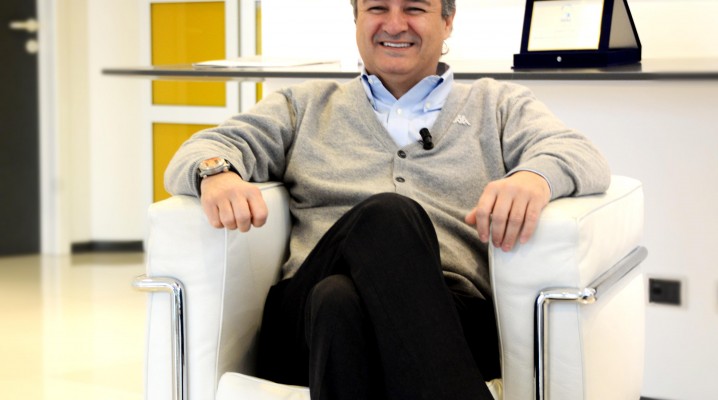
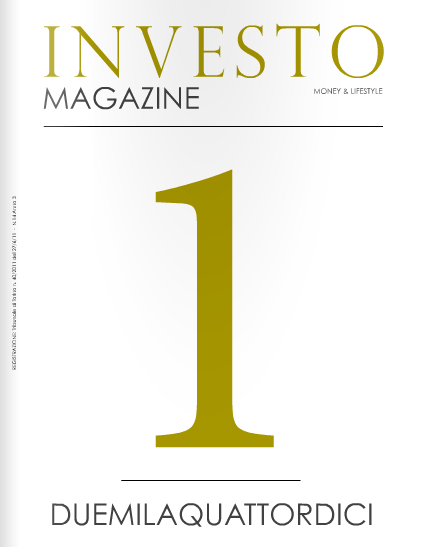
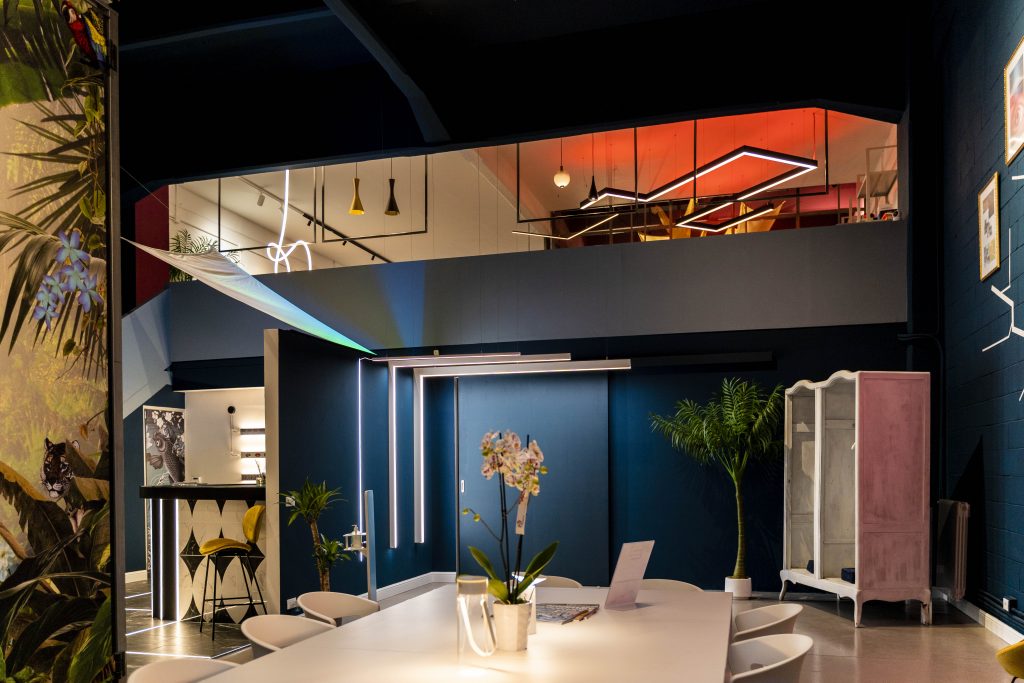
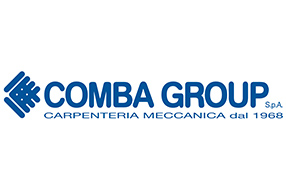
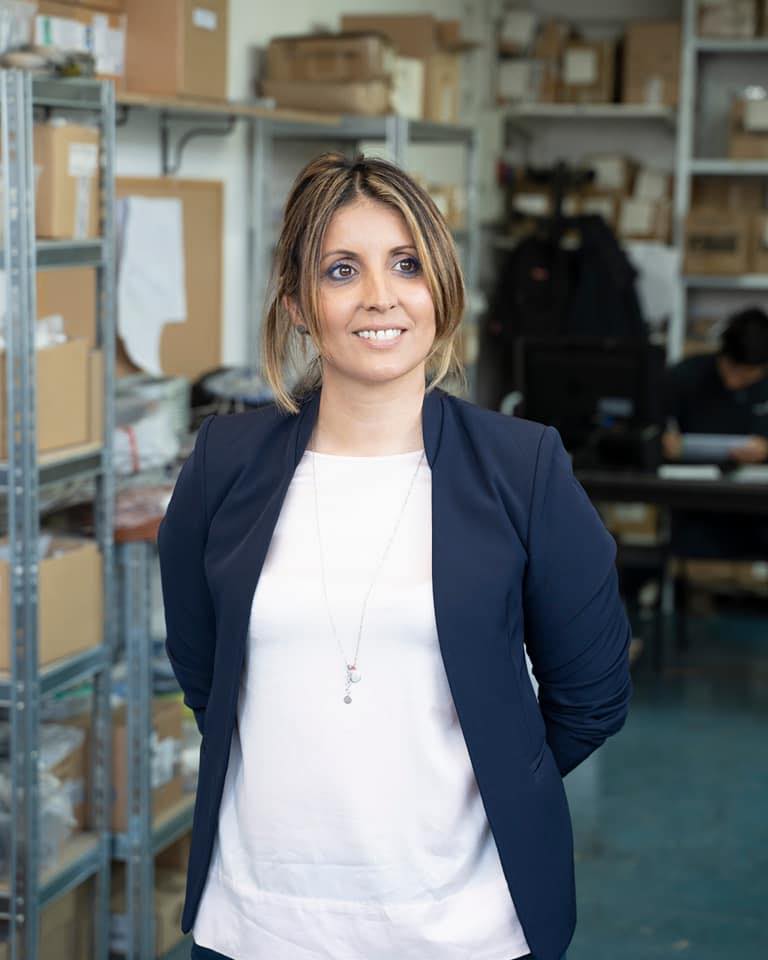
 youhost
youhost